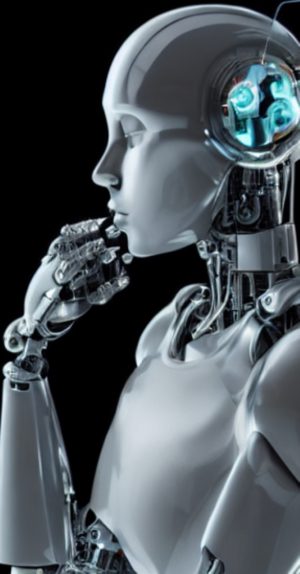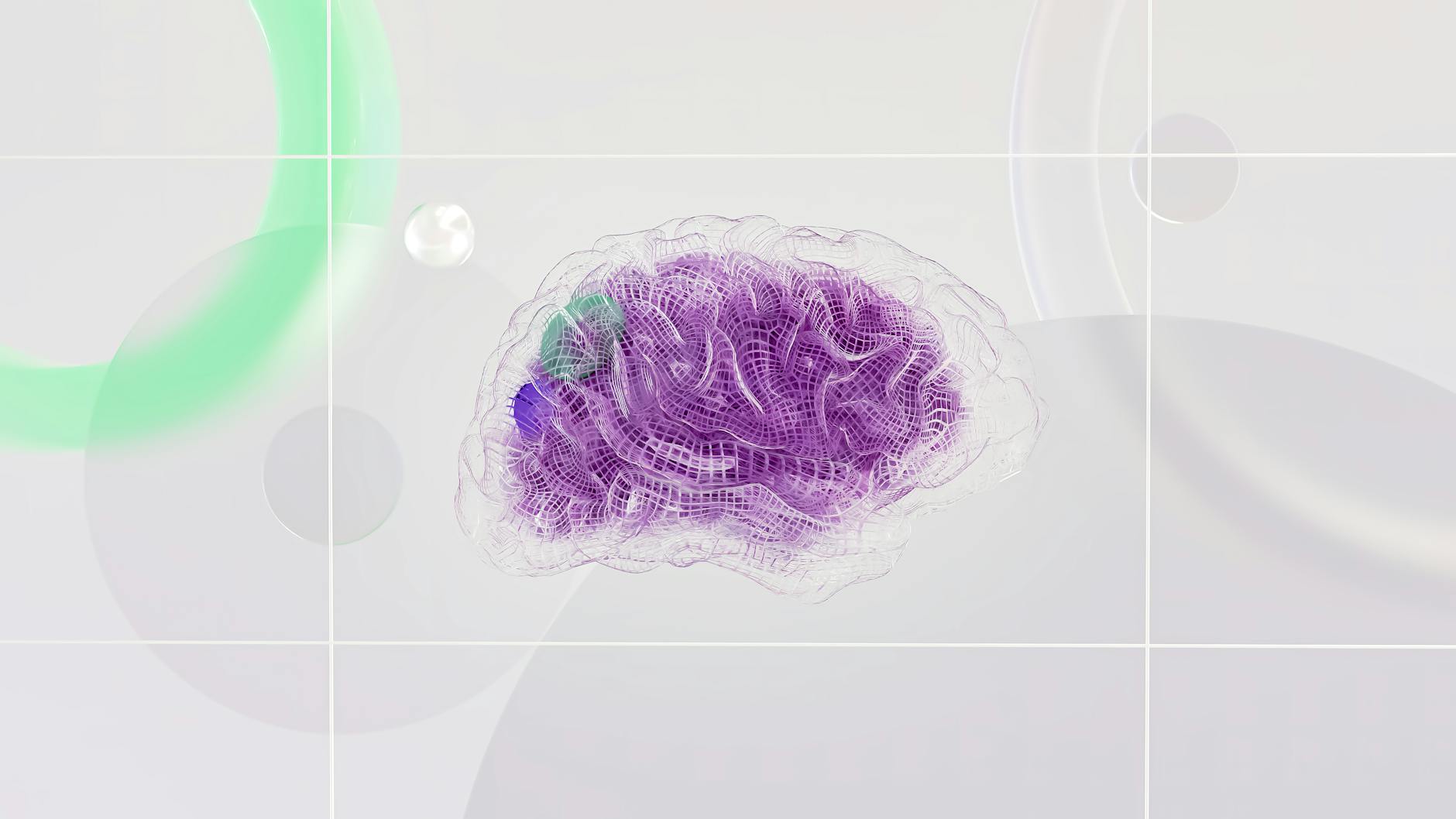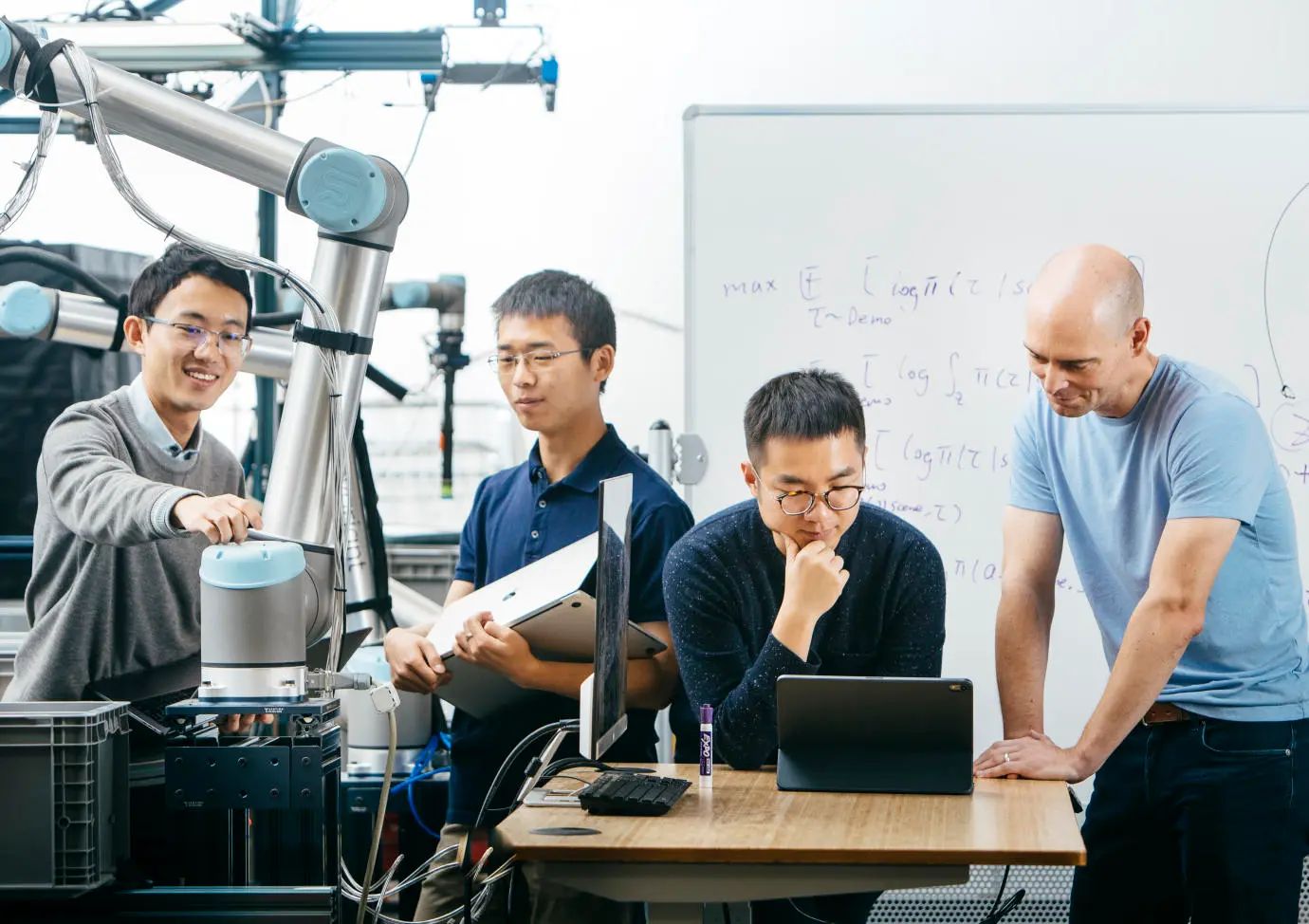If we briefly explain the difference between existence and being, while being expresses movement, change and transformation, existence is the state of existence. The important thing is that any being also is in the state of existence. In other words, even if we discriminate existence as this or that, for example, an apple or a quince, these different things necessarily contain existence.
Based on this reality, let us refer to existence as “e”. But when the time comes, I will ask you to use “1” to represent the entity instead of “e”.
Now, the beautiful part is this: for example, just as we can represent one apple as “e”, we can also represent five apples as “e”, Sun as “e”, Moon as “e”, and Sun and Moon together as “e”.(Is this contradictory? absolutely no. remember existence is identified with itself.) In other words, what we want to explain is this: all kinds of beings are identical to themselves in terms of existing. Here, no matter what amount of existence we consider; It gives us an “existence” that is universal, unchanging, incorruptible, and always remaining the same.
Let’s consider a linear copper cable designed for electrical current transmission, featuring six terminals. Like this:

Let’s show the work done between the terminals on this line with “e” in the table below:

Now let’s use “1” instead of “e” at this point:

Remember, we used “1” to represent existence, but the amount of what is represented here is not important, provided that it is not zero (nothingness). There is nothing here that conflicts with the mathematics we know. so the distance between the above terminals need not be proportional.
Finally we discovered 1. From this point on, we can establish mathematical relationships and perform mathematical operations.
Let’s consider the current from a to f. Since the electric current will pass from a to f, when the current reaches point f, 5 units of work will be done. But at the same time, since a combined work occurs from a to f, it will also be represented by 1. If we name the “work done” here as W1, W1 will have two values at the same time, such as (1,5). Thus, we will know that in any dynamic system, the value (1,x) will have produced x units of work done. Let’s explain the two values here: Apple and pear are the same in terms of existence, but they are different in terms of their qualities. Therefore, for (1,x) values, “1” measures Existence(unit), and x measures quality, quantity, behavior, density, etc.
Since we are talking about knowledge-based entities, at this point it is necessary to understand that the observer acquires knowledge by observing a certain section or sections of existence for a certain period or periods, not the whole existence in an infinite width (eternal now). Therefore, our knowledge of apples consists of the interpretation of the data we have acquired over a certain period of time about a certain amount of existence through our senses. At this point (1,X) seems like a correct form of representing dynamic processes. Here, one unit sound wave, one unit light wave (in different wavelengths), one unit pressure change etc.
It should not be forgotten that, first of all, the interaction and correlation of units that already existed in nature led to the emergence of beings with self-awareness or caused the evolution and/or development of specialized systems. Today, we still do not fully understand how this specifically happens. But I think we have a preliminary perspective here: An operating system that is fed and shaped by nature’s inputs and has dynamic learning will become specialized over time. Our existence is proof of this. In other words, no matter where a system starts its unitization, its correlation with the environment with which it interacts will correlatively privatize the self-unitization of the system we are talking about over time. Or let’s add this, a system that develops in this direction will be successful. At this point, accurate, related and parallel algorithms and processes will have an important determinant. We will talk about self-learning algorithms later.
Anyway, in parallel operations, a point may take a different value for each perspective. and at this point, the overlapping parallel perspectives will remain related to each other.

Thus, for example, for 5 parallel perspectives intersecting at point d, let W1 be associated with the movement, W2 be associated with the amount of energy used, W3 be associated with time, W4 with direction, and W5 with the target. Thus, terminal d will be the special point of these 5 perspectives that are interconnected and related to each other.
This point may later become an add-on for other concepts. Let’s talk about this in the next article: Metarepresentation










